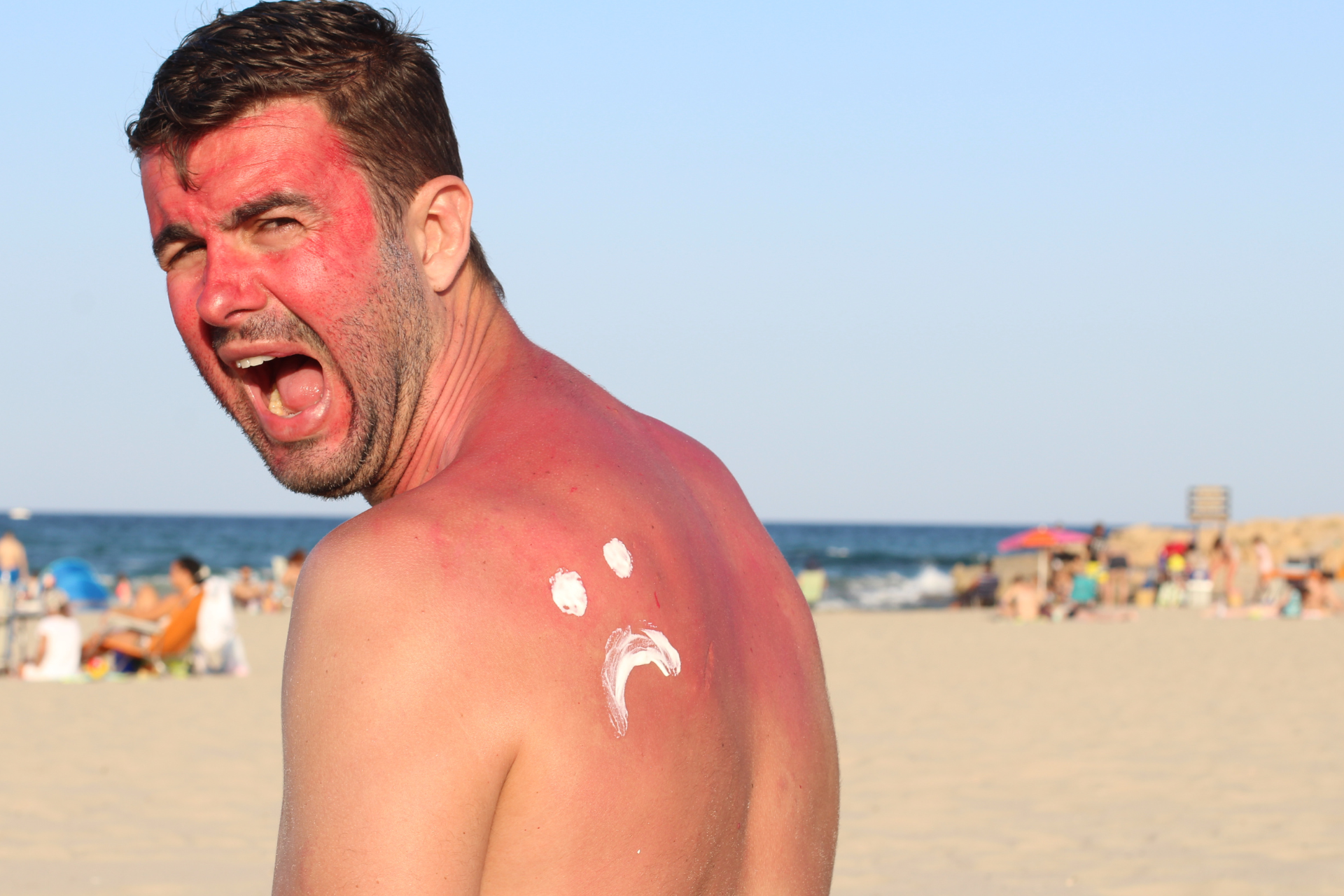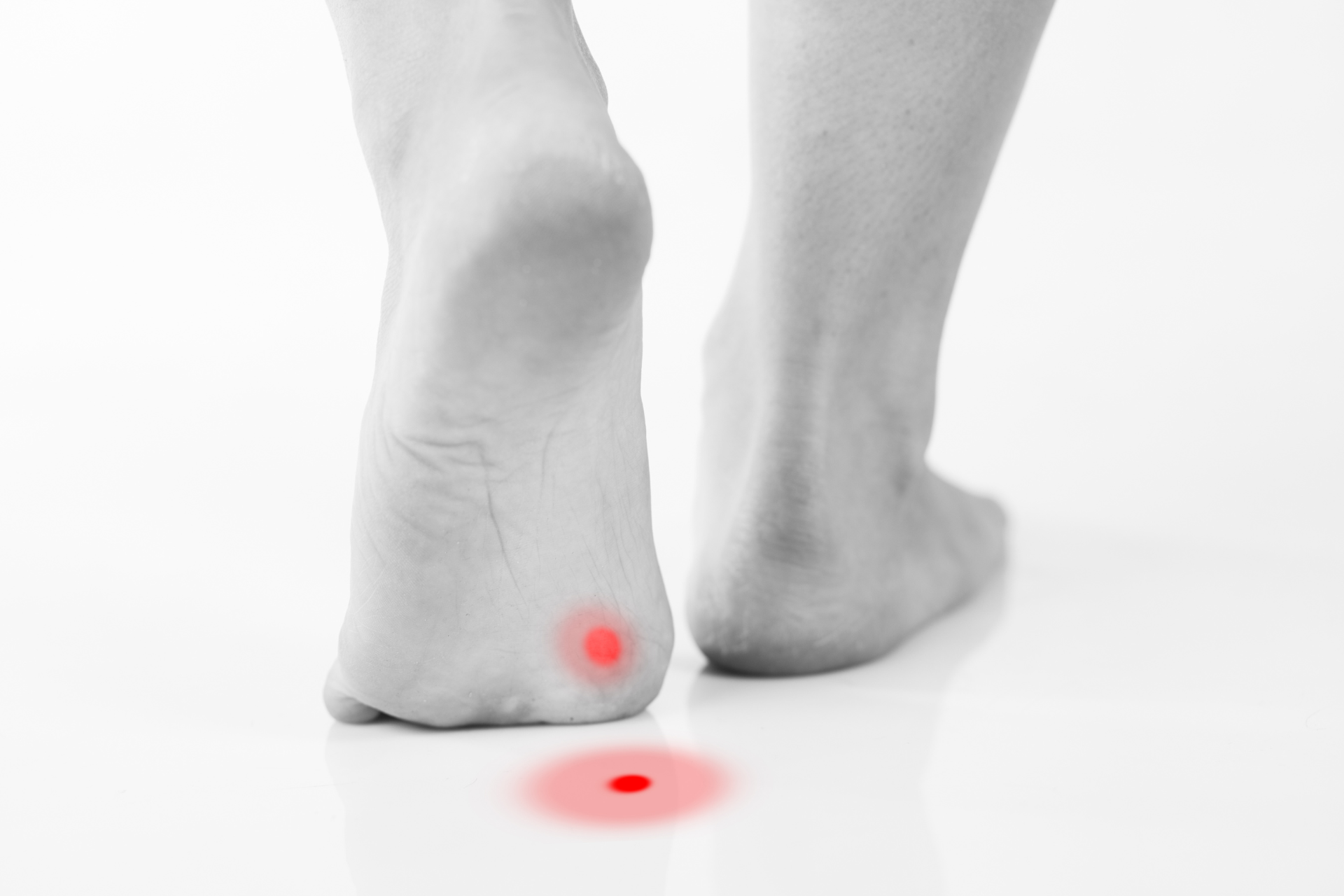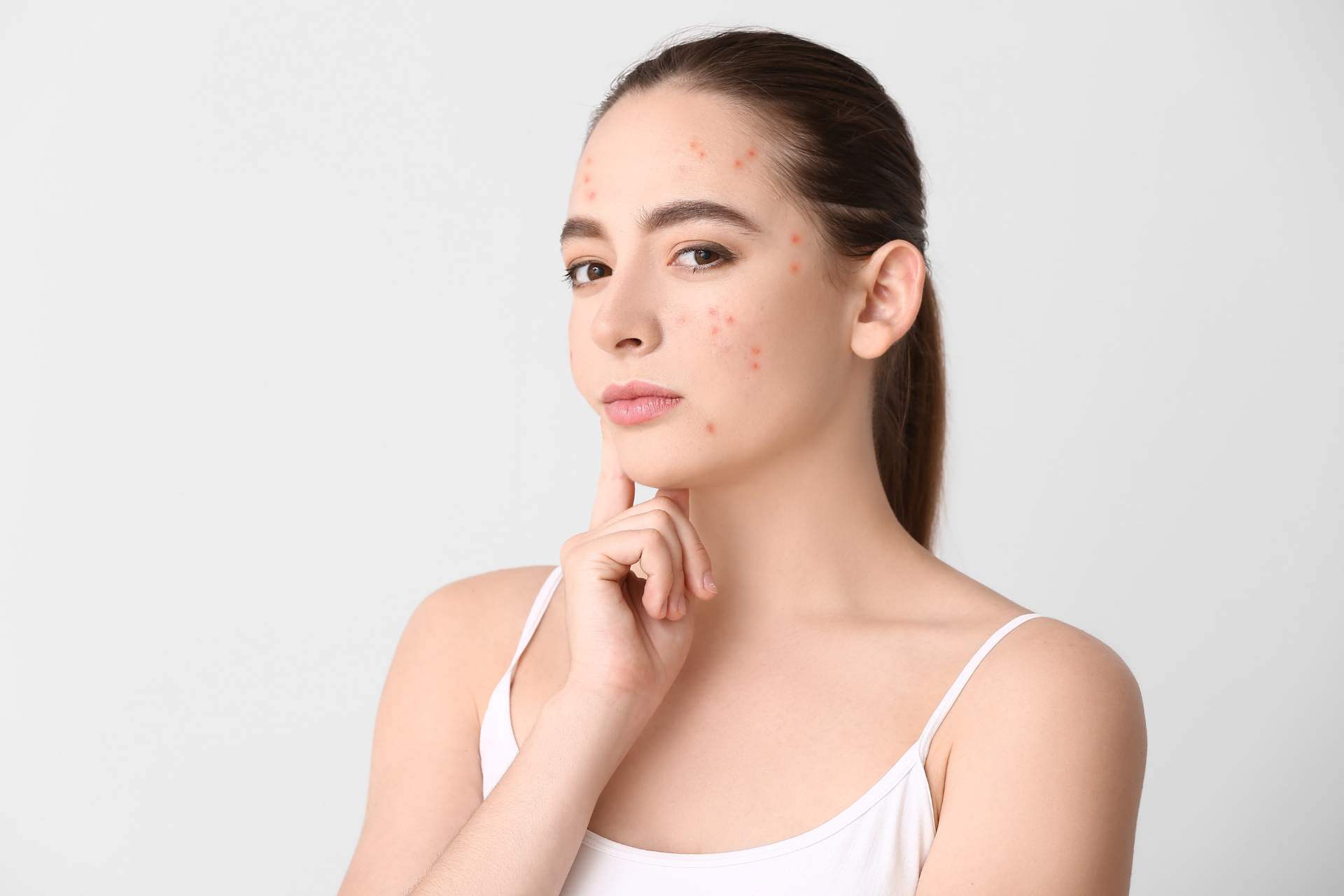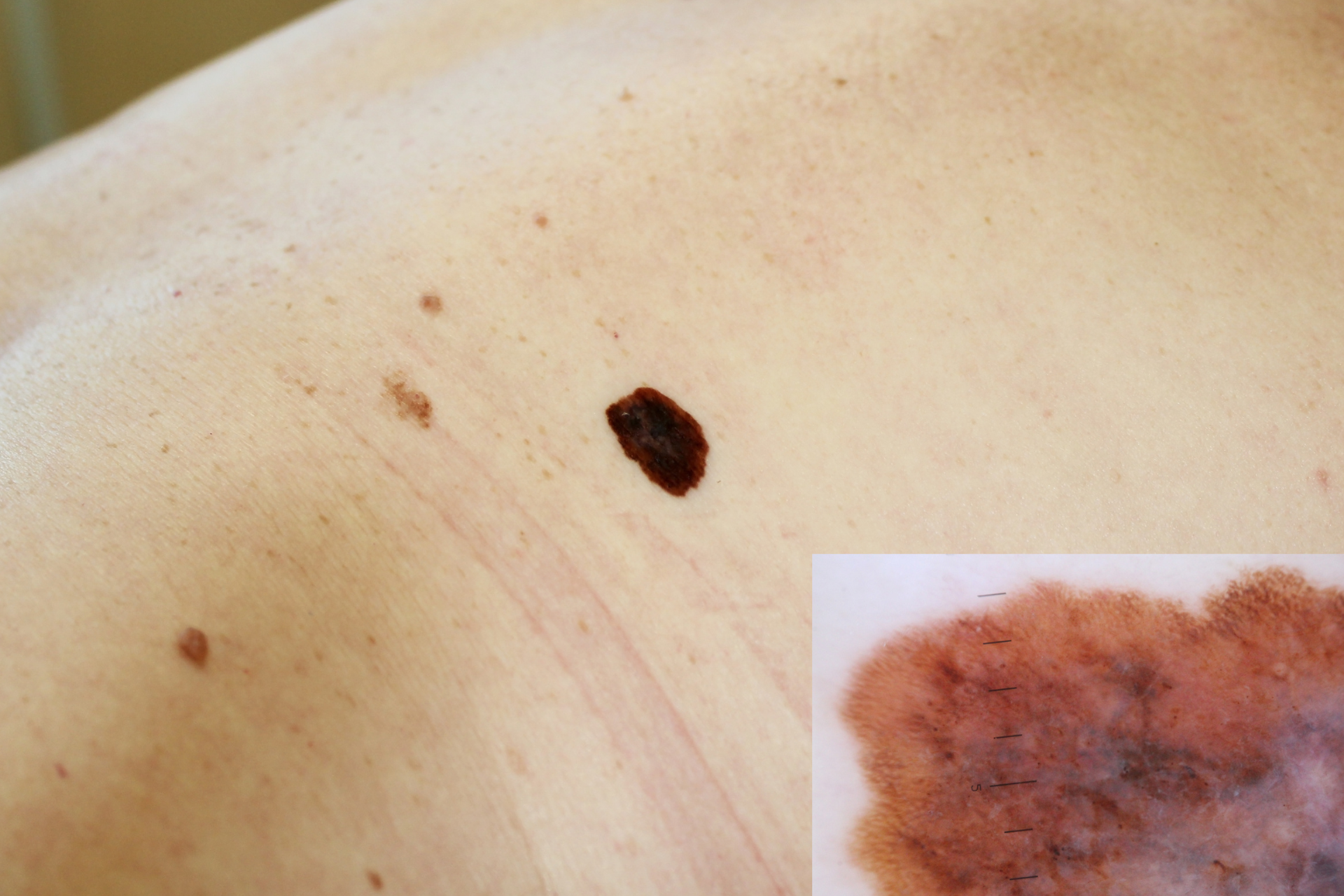Preventing and Treating Sunburn: Best Practices for Sun Safety

At Fall Creek Skin and Health Clinic, we believe that education is key to maintaining healthy skin, especially when it comes to sun safety. As the sun's rays become stronger with the changing seasons, understanding how to prevent and treat sunburn is essential for protecting your skin and overall health.
Understanding Sunburn
Sunburn is a skin reaction that occurs when the body is exposed to ultraviolet (UV) radiation from the sun. UV rays can damage the skin's DNA, leading to pain, redness, swelling, and in severe cases, blistering. Chronic sun exposure can increase the risk of skin cancer and premature aging. Therefore, prioritizing sun safety is vital for people of all ages.
Best Practices for Preventing Sunburn
1. Apply Sunscreen Generously
Choose a broad-spectrum sunscreen with an SPF of at least 30. Apply it to all exposed skin, even on cloudy days. Remember to reapply every two hours, or more frequently if you're swimming or sweating.
2. Seek Shade
Whenever possible, stay in the shade, especially during peak sun hours between 10 a.m. and 4 p.m. If you are outdoors, try to find a tree, umbrella, or other forms of cover to limit direct sun exposure.
3. Wear Protective Clothing
Outfit yourself with long-sleeved shirts, pants, and wide-brimmed hats made from tightly woven fabric. Look for clothing with an ultraviolet protection factor (UPF) for additional coverage.
4. Use Sunglasses
Protect your eyes from harmful UV rays by wearing sunglasses that block both UVA and UVB rays. Look for sunglasses that offer 100% UV protection.
5. Stay Hydrated
Hydration is essential when spending time outdoors. Drinking plenty of water helps keep your skin healthy and can make you feel more comfortable in the sun.
What to Do if You Get Sunburned
Despite our best efforts, sunburn can still occur. Here are some effective steps to alleviate discomfort and promote healing:
1. Cool the Skin
Take a cool (not cold) shower or bath to help reduce pain and cool down the affected areas. You can also apply a clean, damp cloth to the burn.
2. Moisturize
After cooling your skin, apply a gentle, alcohol-free moisturizer or aloe vera gel to soothe the sunburned area. This helps hydrate the skin and can relieve some discomfort.
3. Stay Hydrated
Drink plenty of fluids to help your body recover and prevent dehydration, which can occur due to sunburn.
4. Over-the-Counter Relief
If your sunburn is painful, consider using over-the-counter pain relievers, such as ibuprofen or acetaminophen, as recommended by your healthcare provider.
5. Avoid Peeling
As your skin heals, resist the urge to peel any blisters or dead skin. Letting the skin heal naturally helps prevent complications and promotes healthier recovery.
When to Seek Medical Attention
If you experience severe sunburn symptoms—such as intense pain, blisters covering a large area, fever, chills, or signs of infection—it’s essential to seek medical attention promptly. At Fall Creek Skin and Health Clinic, we treat patients of all ages for skin-related problems, including sunburn and its complications.
Preventing and treating sunburn is crucial to maintaining your skin’s health. By following these practices, you can enjoy the sun safely and protect yourself against sunburn and its long-term effects. For personalized advice or treatment, contact us anytime at Fall Creek Skin and Health Clinic. Your skin will thank you!




